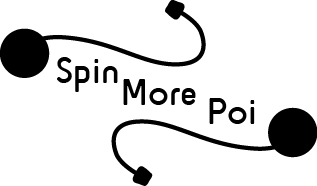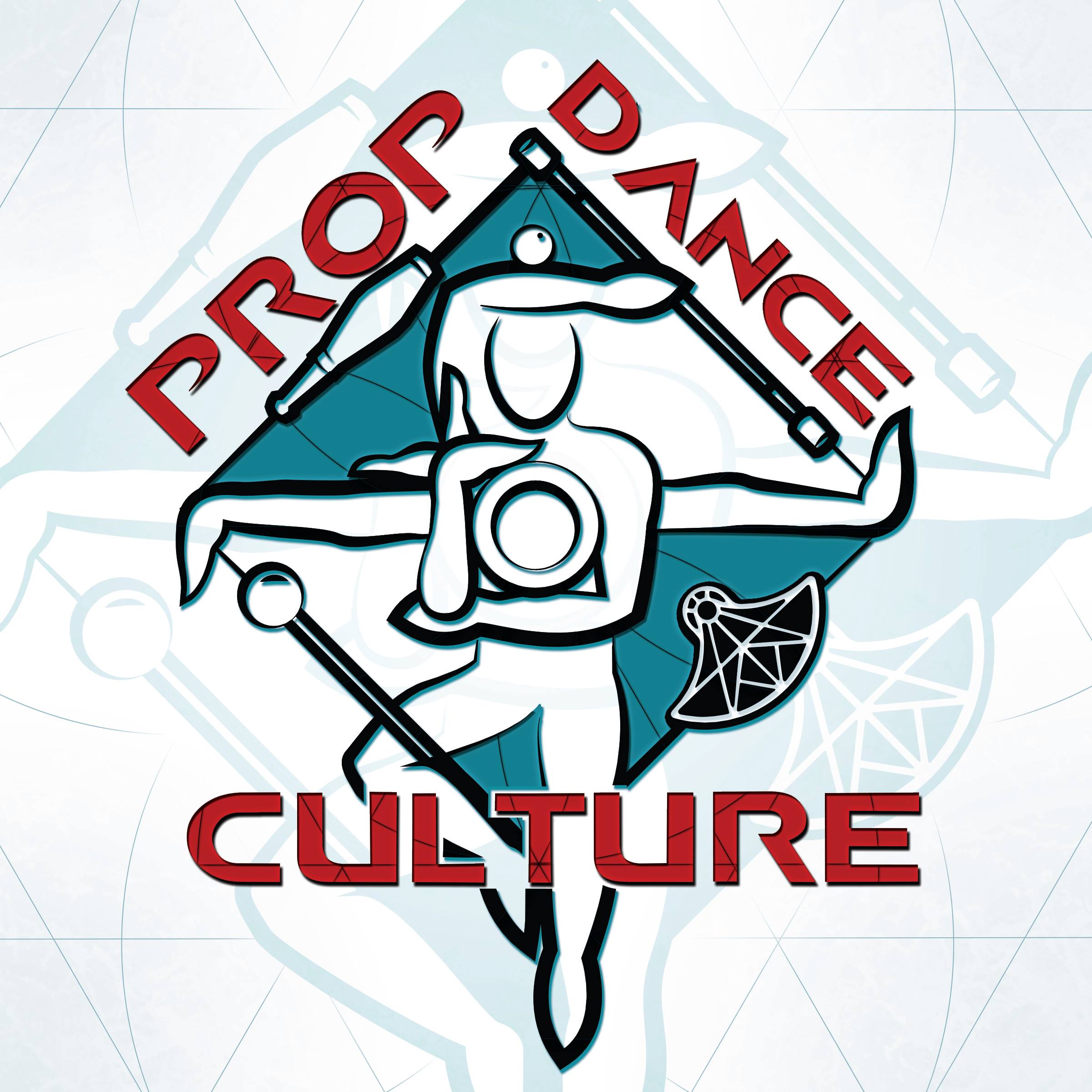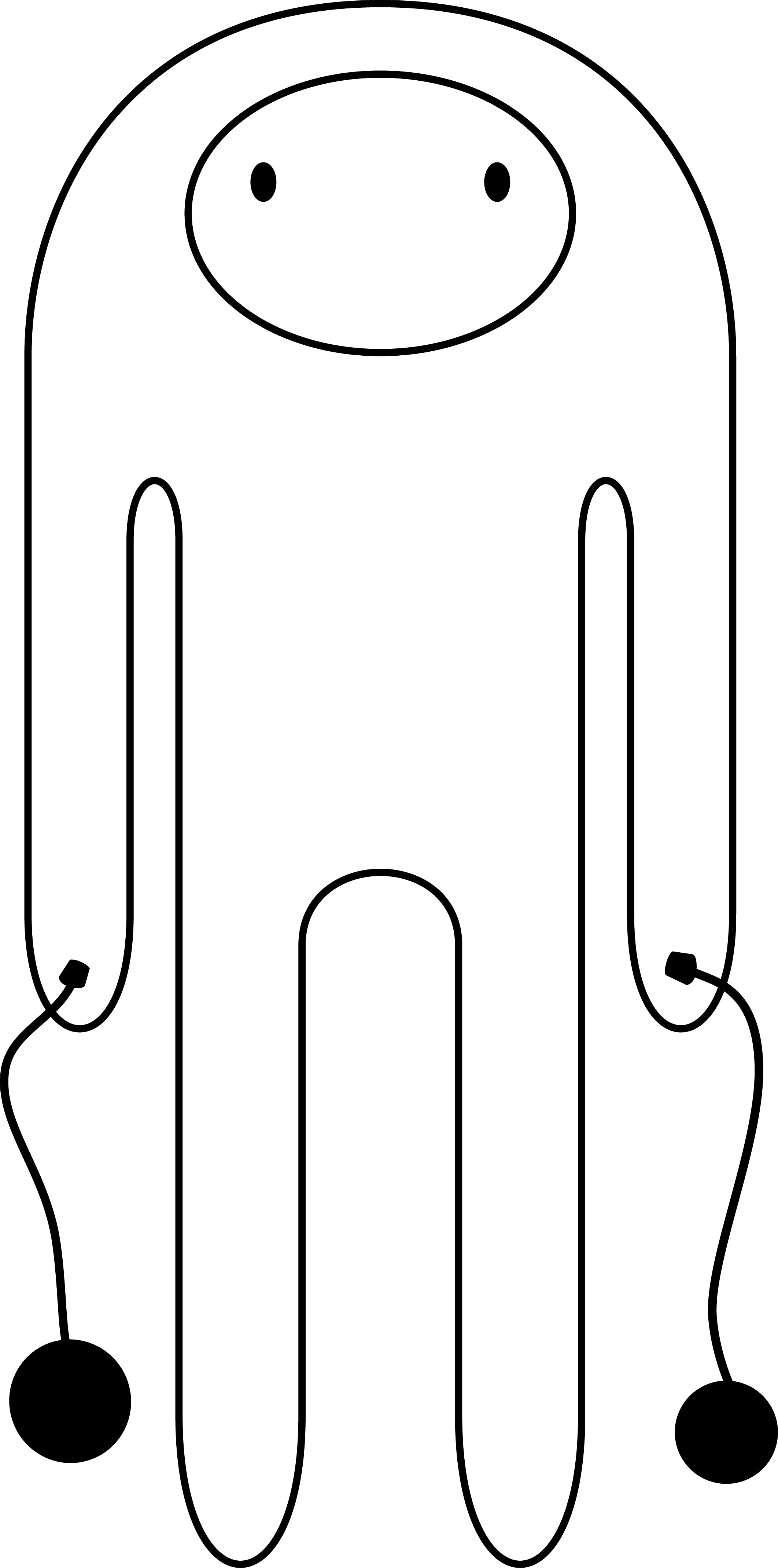Welcome to the Poi Encyclopedia!
This is a community-built Encyclopedia of words and terms with their definitions. Let’s build conventions together!
Hopefully you’ll find explanation and insight into people, styles, moves, learning, poi hardware, and everything else.
This page will be built by you. Humor is encouraged.
(If you want to put in multiple entries, just put them in the definition box)
The Poi Encyclopedia
Antispin – A term meaning that the poi is moving in the opposite direction of the spinner’s arm. todd bernstein
Atomic – When using one or more props in each hand and the prop(s) in one hand are manipulated in a different plane than the props(s) in the other. (Not sure how this would apply to moves like Supermans) todd bernstein
Beat – A relative point on the poi’s circular path. Almost exclusively (but not necessarily) the most downward point of the circle. Used to denote Timing. If poi hit the designated beat point at the simultaneously, they are same-time. If they hit them one at a time, they are in a different timing sequence. The most common is when the poi are 180 degrees apart, such that when one poi passes the beat point, the other poi is pointing up.
The number of beats a particular poi makes in one single complete iteration of the pattern it is spun in is helpful in defining the pattern. For example when spinning a 4 petal flower wheel plane flower, if you know the flower has 4 beats, then you know it is an anti-spin pattern and if it has 3 beats it is an in-spin pattern. todd bernstein
Direction – Generally refers to the direction the poi are spinning relative to each other. Typically described as either ‘same’ or ‘opposite’.
Epoiphany – You work on a move for days, and just can’t get it, so you abandon it for awhile. Weeks later, you try it again, and hit it the first time. You’ve just had an epoiphany.
Also used when you get a new move or sequence that, while perhaps not invented by you, you discovered on your own. todd bernstein
Hybrid – When using props in both hands, and the prop(s) in one hand trace a different shape than the prop(s) in the other, regardless of the planes they are in. (Not sure how this would apply to moves like Supermans) todd bernstein
Inspin – Also called pro-spin, or just spin, this means that the direction of movement of both the poi and the spinner’s arm are the same. todd bernstein
Inspinration – To be inspired by another spinners moves, technique, or flow. Chevy Shoemaker
Plane – The imaginary flat 2 dimensional surface described by the path your poi is spun in. Typical planes are wheel plane (poi is being spun in a vertically oriented circle perpendicular to the ground on the left or right side of the spinner), wall plane (poi is being spun in a vertically oriented circle perpendicular to the ground in front or behind the spinner), buzzsaw (a wheel plane orientation on the spinner’s centerline instead of to the side, typically in front of the spinner) and floor/ceiling/horizontal plane (poi is being spun in a horizontally oriented plane parallel to the ground at any height). todd bernstein
Poifect – When you are capable of doing the same move or technique without flaw.
I.e. “My anti-spin flowers are ‘poifect’.” Chevy Shoemaker
Timing – Timing typically refers to the timing of the poi spin. It is in relation of one poi to the other, and is relative in regards to the point the timing is measured. The most common are same-time and split time. Same time is when the poi pass the same relative point (typically pointing straight down) simultaneously. Split time is when they pass the same relative point 180 degrees (in a perfect world) apart. todd bernstein
Timing and Direction – Timing and Direction is a term used to help describe poi moves, as it gives you a good idea of how the poi are spinning relative to each other. The 4 basic combinations of Timing and Directions are Together/Same, Together/Opposite, Split/Same, and Split/Opposite.
You will often see abbreviations like tog and opp used.
So while many moves have names, they can also have Timing and Directions designations, which when coupled with the appropriate plane helps to describe the move. For example, you can say that to do a forward 3 beat weave, your poi must be spinning forward split/same. todd bernstein





